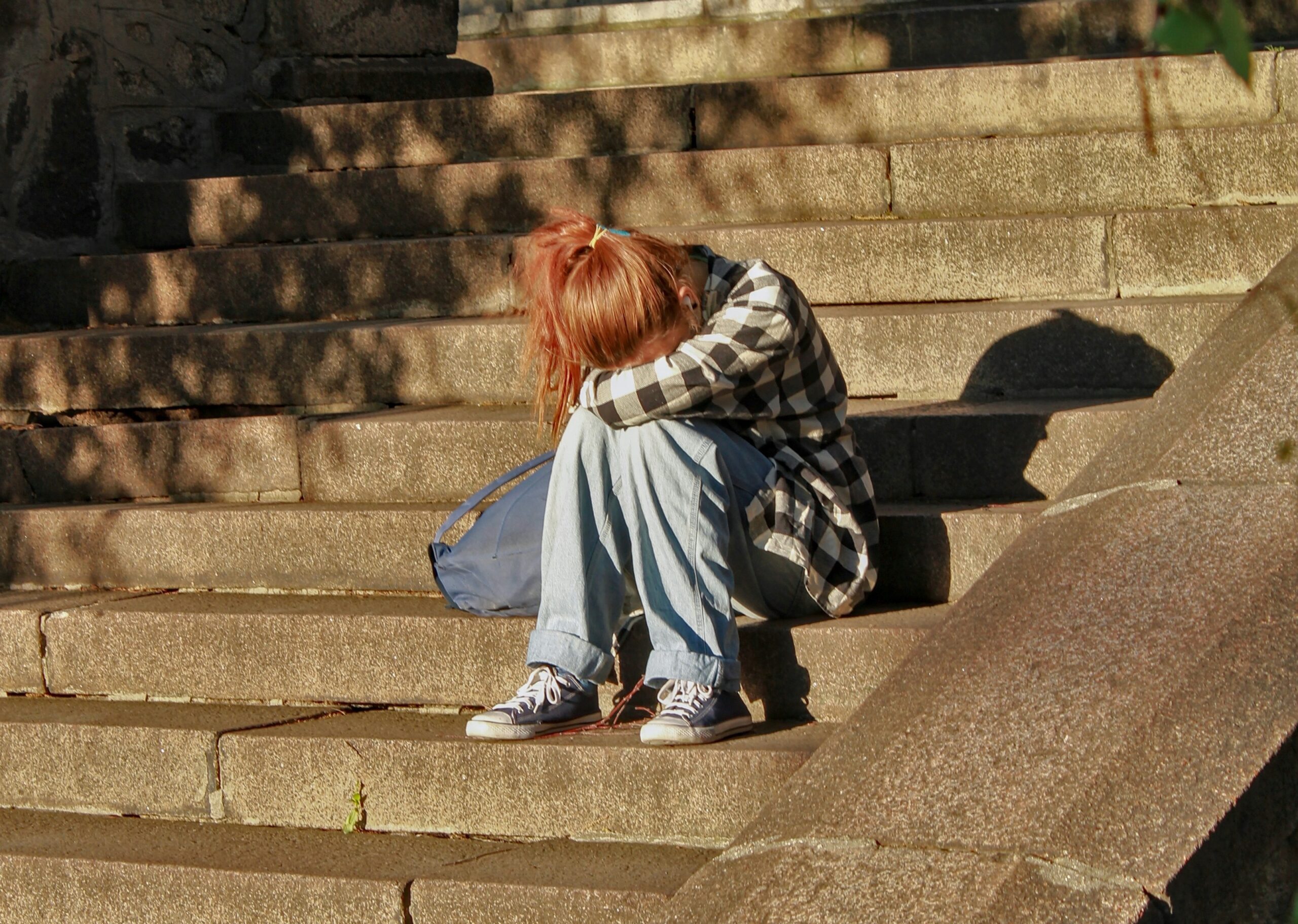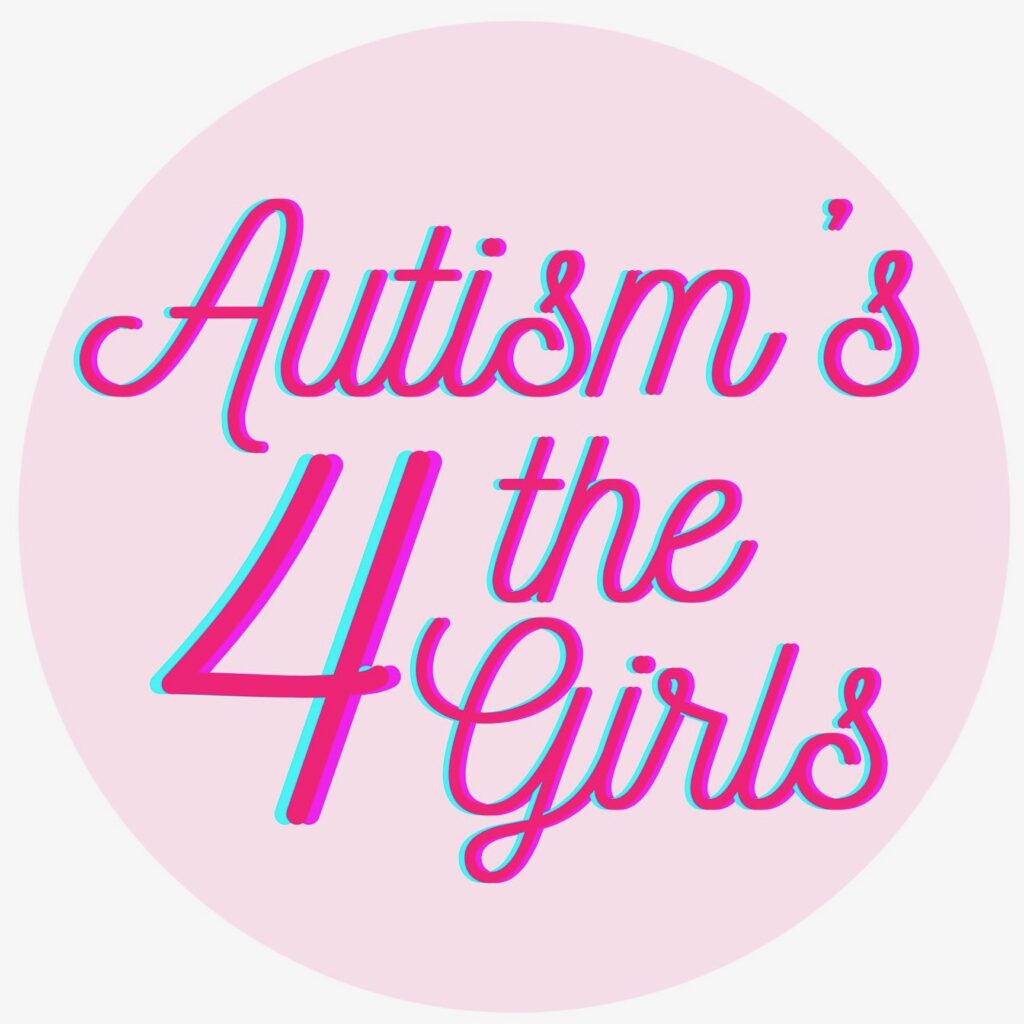Have you ever heard that boys are more likely to be autistic than girls and wondered if it’s true? I know I have.
When we think of autism, many people imagine a young, socially awkward boy who has a fascination with trains and a tendency for loud meltdowns. This trope is common in media and common narratives surrounding autism. While autism spectrum disorder (ASD) can present itself like this, the stereotype does a disservice to all the different ways the disorder can impact women and men in different ways.
For many years, it was asserted that men experience autism at higher rates than women do. The CDC recently reported that approximately 1 in 36 children are diagnosed with autism by the age of 8, with boys being 4 times more likely to be diagnosed than girls (CDC, 2023). Despite these results, we have learned that this higher rate of diagnosis is not an accurate representation of autism demographics. Boys are 10 times more likely to be referred for a diagnosis than girls and studies have demonstrated that up to 80% of autistic women remain undiagnosed at the age of 18, meaning there is a significant percentage of undiagnosed women with autism in comparison to their male counterparts (UCLA Health, 2023). A study performed by the Journal of the American Academy of Child & Adolescent Psychiatry Home screened 13,784,284 participants and reported that the rate of male-female autism is much closer to 3:1than 4:1. Still, even these numbers are preliminary, and more research is required (Loomes et al., 2017).
The impact of these numbers is that women with autism are often understudied, and underrepresented, resulting in a lack of resources and understanding of the nuanced experience autistic women face.
As with much academic medical research, the foundational studies on autism were performed solely on males for many years, leaving little to no metric for identifying the disorder in women. As more research has been done, we have learned that women experience and display autistic traits in different ways, often more internally.
Research performed by the Nordahl Lab at UC Davis on the neuroimaging of development in autism suggests a variety of reasons for this (Nordahl, 2023). According to brain scans, autistic boys may present more outward behaviors due to the impact on the part of their brain that controls emotions and decision-making, while girls are more impacted in areas of planning and executing tasks (Nordahl, 2023). Girls often experience fewer social difficulties but higher rates of sensory challenges (UCLA Health, 2023). The more external and disruptive displays of autism in boys have resulted in a heavy focus on their experience while many autistic women and girls fly under the radar, struggling in silence.
There is also evidence to suggest that women are more effective at the practice of “masking”, or concealing autistic traits to better fit into a neurotypical society and its expectations. An article written by Dr. Hannah Belcher in 2022 described masking by saying “[it] may involve suppressing certain behaviors we find soothing but that others think are ‘weird’, such as stimming or intense interests. It can also mean mimicking the behavior of those around us, such as copying non-verbal behaviors, and developing complex social scripts to get by in social situations” (Belcher, 2022).
From a young age, girls are expected to be more emotionally intelligent and mature than their male counterparts. There is more pressure placed on them to fit in and function “normally”. Women are reported to mask at higher and more effective rates than men. This means another reason autism in women may often go unnoticed for so long is that, well, we are very good at hiding it.
In the first conversation I had with my therapist about my suspicions that I may be autistic, she seemed surprised. I did not take that as an indication that my self-assessment was incorrect, but instead, it simply meant to me that I have been successful at doing my job: hiding my autism. Until I started talking more openly about my autistic traits and experiences, few people around me would have suspected I was autistic. But for so many women, that is the point. The world simply does not make space for autistic women the way it does for men.
So what impact does this have? Due to high levels of masking and a lack of support resources, autistic women struggle with higher rates of depression, anxiety, and ADHD than non-autistic women (Hull, 2023). While they may have spent their childhood flying under the radar, many undiagnosed women arrive at an intense state of mental and emotional burnout in adulthood, culminating in the realization that they may be autistic. In a survey done by Ambitious about Autism, 85% of women reported that their lives became better and easier after receiving their diagnosis (Hull, 2023). For myself, realizing I was autistic was an overwhelming but freeing experience for me. There’s nothing wrong with me, I’m just autistic.
All this is to say that while more research is being done every day, there is still a lack of information out there for women living life with autism. There is still much we don’t know about how autism presents itself in women, how common it is, and what support systems we can create to support them.
As time goes on, I hope to see a continued focus on learning more about autistic women and their needs. We are here, we are real, and we are not going anywhere.
References
Belcher, H. (2022, July 7). Autistic people and masking. National Autistic Society. https://www.autism.org.uk/advice-and-guidance/professional-practice/autistic-masking
Centers for Disease Control and Prevention. (2023, March 22). Autism prevalence higher, according to data from 11 ADDM communities. Centers for Disease Control and Prevention. https://www.cdc.gov/media/releases/2023/p0323-autism.html#:~:text=One%20in%2036%20(2.8%25),Mortality%20Weekly%20Report%20(MMWR)
Hull, L. (2023, March 31). The gender gap in autism. Ambitious about Autism. https://www.ambitiousaboutautism.org.uk/about-us/media-centre/blog/girls-and-autism/gender-gap-autism#:~:text=Some%20research%20says%20women%20are,even%20though%20they%20are%20autistic
Lazaro, C. (2023, April 24). 5 common autism myths vs. facts. MedicAlert Foundation. https://www.medicalert.org/common-autism-myths-facts/?utm_source=google&utm_medium=cpc&utm_campaign=G_MedicAlert_Grants_DSA&utm_id=18867495834&utm_term=&utm_sfcrm_id=7015b000005pLr7AAE&gad_source=1&gclid=Cj0KCQjw6auyBhDzARIsALIo6v8bCKdmaNW1yGFBkUVH-oP_73uqdhjp3Mk1RIJxFM0lH10SzTJfGkYaApr0EALw_wcB
Loomes, R., Hull, L., & Mandy, W. P. (2017). What is the male-to-female ratio in autism spectrum disorder? A systematic review and meta-analysis. Journal of the American Academy of Child & Adolescent Psychiatry, 56(6), 466–474. https://doi.org/10.1016/j.jaac.2017.03.013
Nordahl, C. W. (2023). Why do we need sex-balanced studies of autism? Autism Research, 16(9), 1662–1669. https://doi.org/10.1002/aur.2971UCLA Health. (2023, October 12). Understanding undiagnosed autism in adult females. https://www.uclahealth.org/news/article/understanding-undiagnosed-autism-adult-females
Photo by Zhivko Minkov on Unsplash

